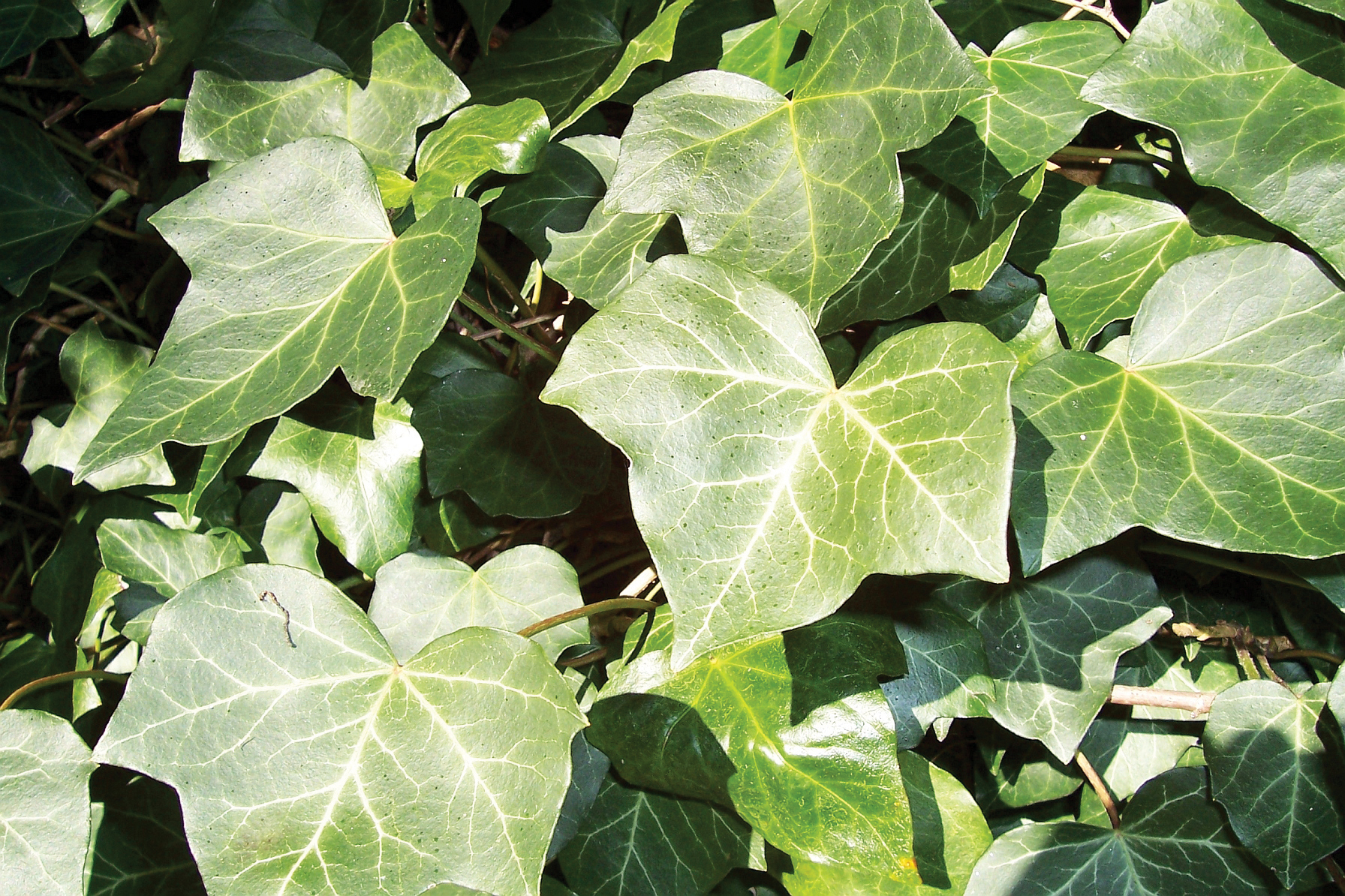American researchers are investigating new approaches to wound healing, creating stronger armour for the military and maybe even cosmetics with better staying power – and all thanks to a humble plant.
New research from The Ohio State University has illuminated the tiny particles responsible for English ivy’s ability to latch on so tightly to trees and buildings that it can withstand hurricanes and tornadoes. The researchers pinpointed the spherical particles within English ivy’s adhesive and identified the primary protein within them. Mingjun Zhang, the biomedical engineering professor who led the work, said: “By understanding the proteins that give rise to ivy’s strength, we can give rise to approaches to engineer new bio-inspired adhesives for medical and industry products.
“It’s a milestone to resolve this mystery. We now know the secret of this adhesive and the underlying molecular mechanism. “Ivy has these very tiny hairy structures that have a wonderful interaction with the surface as the plant climbs. One day I was looking at the ivy in the backyard and I was amazed at the force. “It’s very difficult to tear down, even in a natural disaster. It’s one of the strongest adhesive forces in nature.”
When he and his team took a look at the ivy’s glue with an atomic-force microscope, they were able to identify a previously unknown element in its adhesive. Mingjun said that particles rich in those proteins have exceptional adhesive abilities that could be used to the advantage of many people, from biomedical engineers to paint makers. The tiny particles inside the glue on their laboratory slides turned out to be primarily made up of arabinogalactan proteins.
When the scientists investigated further, they discovered that the driving force behind the curing of the glue was a calcium-mediated interaction between the proteins and pectin in the gelatinous liquid that oozes from ivy as it climbs. Mingjun, a member of Ohio State’s Davis Heart and Lung Research Institute, is particularly interested in bio-adhesives that could aid in wound healing after injury or surgeries. Others, notably the US military, are interested in surface-coating applications for purposes that include strengthening armor systems, he said.
Mingjun said: “Many plants are excellent climbers but scientists have had limited information about the adhesives that enable those plants to affix themselves to walls, fences and just about anything in their way. “When climbing, ivy secretes these tiny nanoparticles which make initial surface contact. Due to their high uniformity and low viscosity, they can attach to large areas on various surfaces.” After the water evaporates, a chemical bond forms, Mingjun said, adding: “It’s really a nature-made amazing mechanism for high-strength adhesion.”
The glue doesn’t just sit on the surface of the object that the ivy is clinging to, he said. It finds its way into openings invisible to the naked eye, further solidifying its bond. To confirm what they found, Zhang and his collaborators used the nanoparticles to reconstruct a simple glue that mimics ivy adhesive. Advanced bio-adhesives based on this research will take more time and research. In addition to its strength, ivy adhesive has other properties that make it appealing to scientists looking for answers to engineering quandaries.
Mingjun said; “Under moisture or high or low temperatures, it’s not easily damaged. Ivy is very resistant to various environmental conditions, which makes the adhesive a particularly interesting candidate for the development of armor coatings.”
Mingjun’s collaborators from Ohio State were Yujian Huang, Yongzhong Wang, Leming Sun and Jennifer Petrosino. Others involved in the study were Li Tan, of the University of Georgia; and Mei-Zhen Cui and Feng Hao, of the University of Tennessee. The research was supported by the U.S. Army, the National Science Foundation and the U.S. Department of Energy.














